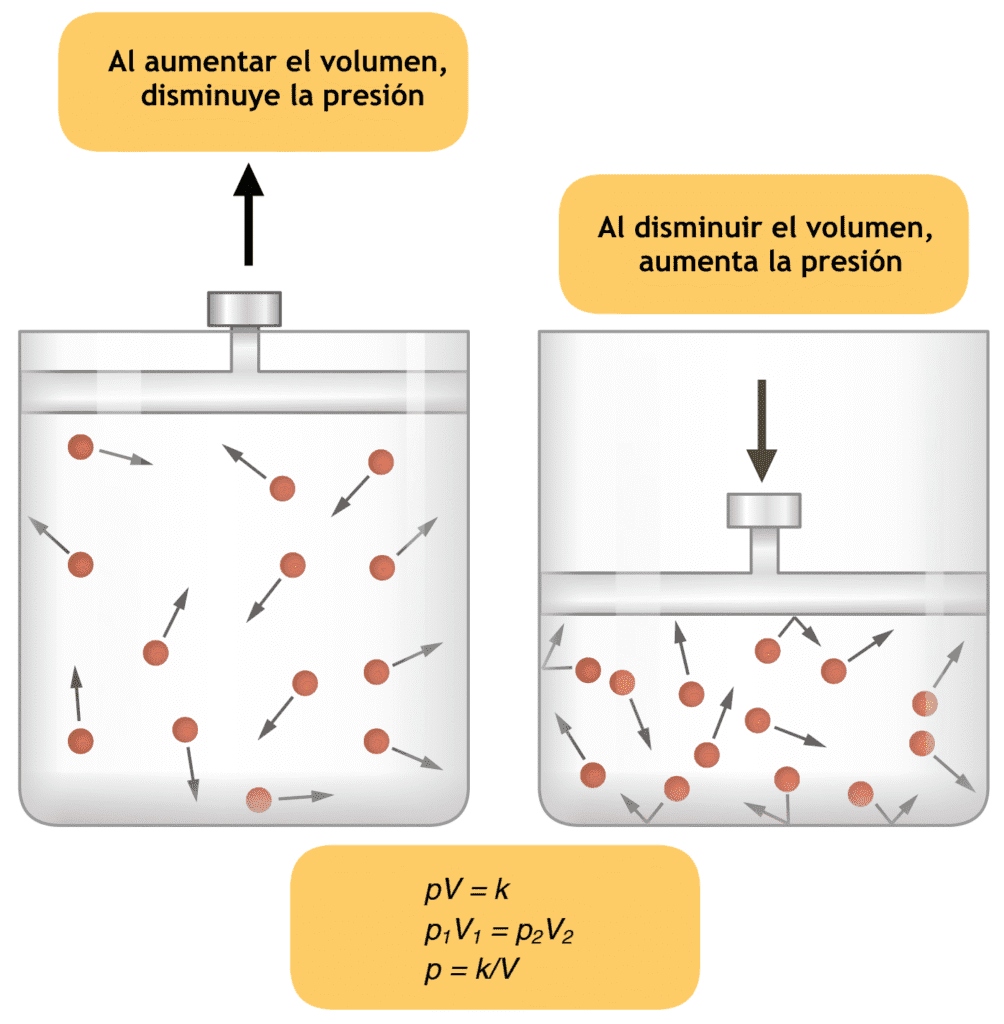Halothane cardiovascular effect plays a critical role. The main haemodynamic effect is a reduction in blood pressure secondary to a fall in cardiac output, reduced cardiac contractility and stroke volume, due to alterations in Ca-metabolism and a reduction in intracellular calcium.
So, the coronary blood flow is reduced. The heart rate often falls due to a direct effect on the sinoatrial node. This is all due to Halothane cardiovascular effect .
There is an increased incidence of arrhythmias due to three factors, namely, depression of sinoatrial node, slowing of myocardial conduction thereby facilitating reentry of cardiac impulse and lastly, interaction with adrenaline.
Up to 10 mL of 1:1,00,000 epinephrine is permissible in a period of 10 minutes. Halothane cardiovascular effect also includes a high incidence of arrhythmia is reported during dental anaesthesia. The splanchnic and renal blood flow may be reduced by 30-40%; however, the cutaneous vessels are dilated.
You can find the following in Miller’s Anesthesia 7th edition on Halothane cardiovascular effect –
The relative degree of myocardial depression produced by volatile anesthetics in vivo has been more difficult to establish because simultaneous alterations in systemic and pulmonary hemodynamics and autonomic nervous system activity complicate assessment of left ventricular (LV) systolic function.
Isovolumic and ejection-phase measures of myocardial contractility demonstrated that halothane and enflurane cause very similar negative inotropic effects in experimental animals and humans.
These findings were subsequently confirmed by using the slope (Ees) of the LV end-systolic pressure–midaxis diameter relationship as a relatively heart rate– and load-independent index of the inotropic state in chronically instrumented dogs.
In contrast, isoflurane produces less myocardial depression in vivo than the older anesthetics do. For example, isoflurane caused smaller reductions in the maximum rate of LV pressure development (dP/dt) than halothane did when identical minimum alveolar concentrations (MACs) were directly compared in the presence and absence of autonomic nervous system function, which suggested that the differences in myocardial depression caused by these anesthetics occur independent of autonomic nervous system activity.
Differences in the negative inotropic effects of halothane and isoflurane have been quantified by using the slope (Mw) of the regional preload recruitable stroke work relationship derived from differentially loaded LV pressure–segment length diagrams.
In these studies, conducted in chronically instrumented dogs, isoflurane maintained contractility an average of 20% higher than halothane did at identical MAC.
Differences in the relative degree of myocardial depression produced by isoflurane and the older volatile anesthetics halothane and enflurane were also inferred in humans by using isovolumic and ejection-phase measures of the contractile state.
The negative inotropic actions of all volatile anesthetics are exacerbated by hypocalcemia, calcium (Ca2+) channel blockers, and β1-adrenoceptor antagonists and may be reversed by the administration of exogenous Ca2+, cardiac phosphodiesterase fraction III inhibitors, β1-adrenoceptor agonists, Ca2+ channel agonists, and myofilament Ca2+ sensitizers.
The differential effects of isoflurane and the older volatile anesthetics halothane and enflurane on myocardial contractility are maintained during the depression or augmentation of the inotropic state produced by these vasoactive drugs.

